Cellulite: Pathophysiology and Treatment is a comprehensive resource for understanding the complex nature of cellulite and its impact on dermatology and cosmetic treatments. This book focuses on the underlying causes, development, and treatment of cellulite, a common skin condition that affects both men and women, especially in the thighs and buttocks.
This book is essential for dermatology students, MRCP candidates, and professionals in the field of cosmetic dermatology. It offers a detailed look at the pathophysiology of cellulite, as well as the most effective treatment strategies available. Whether you are preparing for exams or working in clinical practice, this book provides the knowledge you need to understand and treat cellulite effectively.
Key Topics Covered:
Introduction to Cellulite
Learn about the basic science behind cellulite, including its causes and risk factors. This section discusses how factors such as genetics, hormones, and lifestyle contribute to the development of cellulite.
Pathophysiology of Cellulite
Explore the underlying mechanisms of cellulite formation, including the role of connective tissue, adipose tissue, and blood circulation. The book explains how these factors contribute to the appearance of dimpled skin.
Diagnosis and Classification
Learn how cellulite is diagnosed and classified. This section discusses various grading systems used to assess the severity of cellulite and how these classifications guide treatment decisions.
Non-Surgical Treatments for Cellulite
Discover the latest non-invasive treatments available for cellulite, including laser therapy, radiofrequency, and mesotherapy. This section covers the effectiveness of these treatments based on clinical evidence.
Surgical and Minimally Invasive Treatments
For more severe cases of cellulite, the book discusses liposuction, subcision, and endermology. It explains how these treatments are performed and their potential outcomes.
Prevention and Lifestyle Modifications
Understand how lifestyle changes, including diet, exercise, and skincare, can help reduce the appearance of cellulite. The book also explores how smoking, sedentary behavior, and poor circulation contribute to cellulite formation.
Cosmetic Dermatology for Cellulite
This section focuses on cosmetic dermatology treatments and how dermatologists approach cellulite with the help of both aesthetic procedures and topical products.
Who Should Read This Book?
Medical Students
Ideal for MBBS students studying dermatology, this book provides a comprehensive understanding of cellulite and the treatment options available. It is an essential resource for those interested in cosmetic dermatology.
Dermatology Residents
A great resource for dermatology residents who need to understand the science and treatment of cellulite. This book covers both basic and advanced treatment modalities.
MRCP Candidates
Perfect for those preparing for MRCP dermatology books, as this book covers key topics on cellulite that may appear in exams, providing detailed information on both pathophysiology and treatment.
Cosmetic Dermatologists
A valuable resource for dermatologists working in the field of cosmetic dermatology who wish to expand their knowledge of cellulite treatments. The book covers both non-surgical and surgical options.
Final Thought
Cellulite: Pathoph ysiology and Treatment offers a thorough understanding of how cellulite forms and the most effective treatment strategies available. The book combines scientific explanations with practical treatment guidelines to ensure the best outcomes for patients.

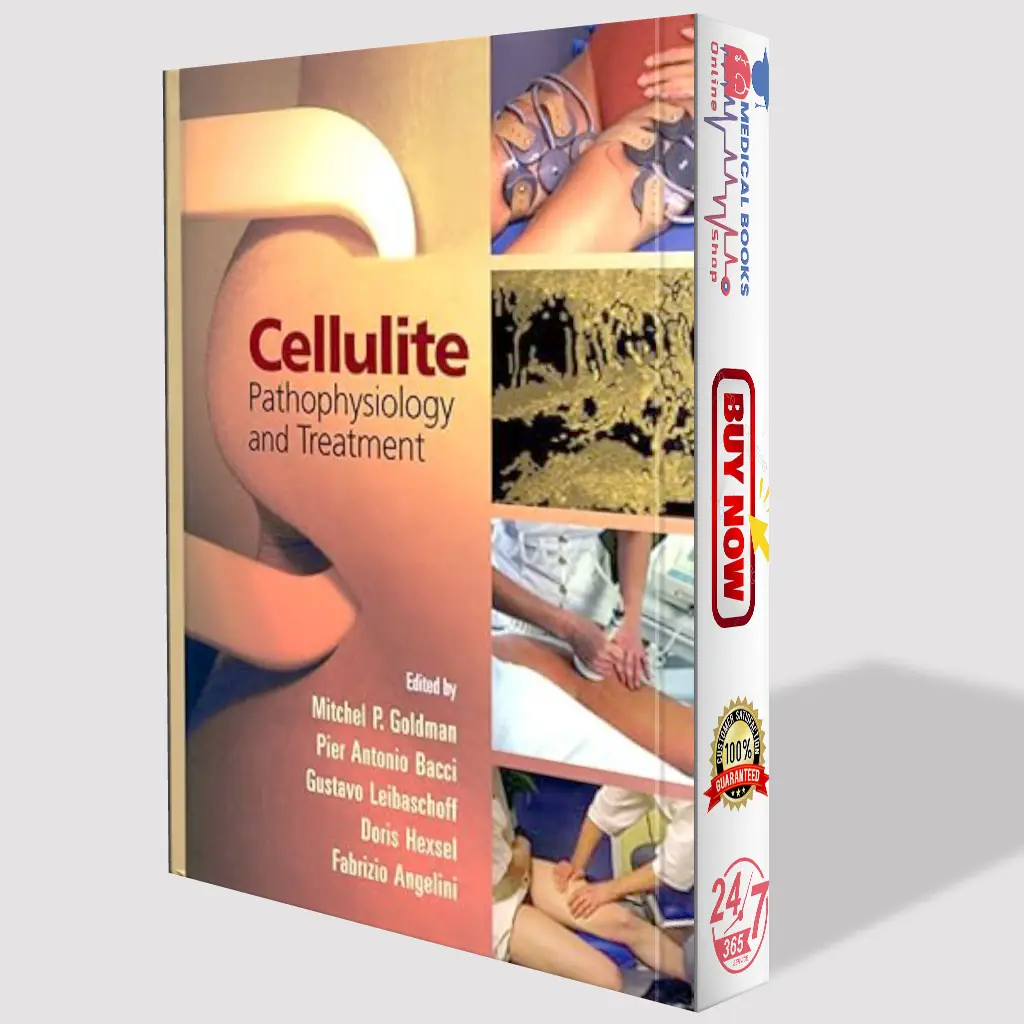
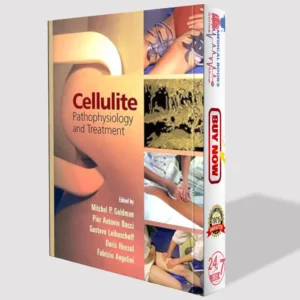
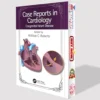
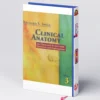
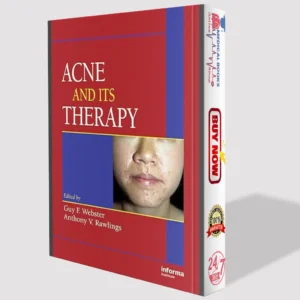
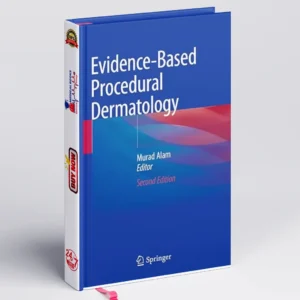
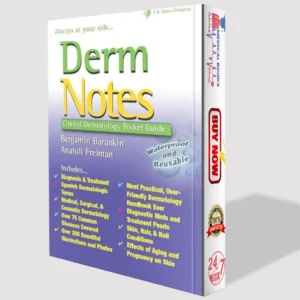

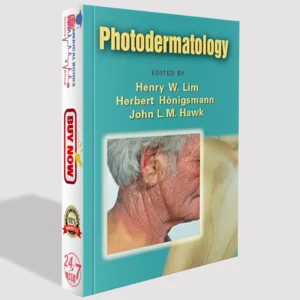

Reviews
There are no reviews yet.